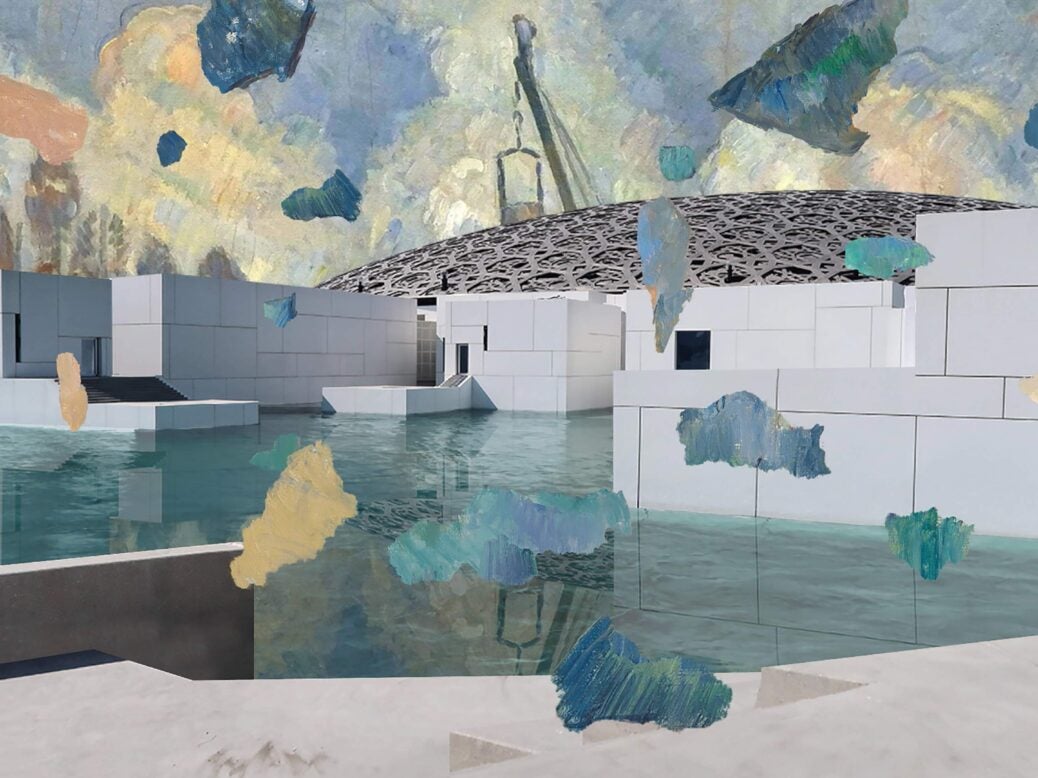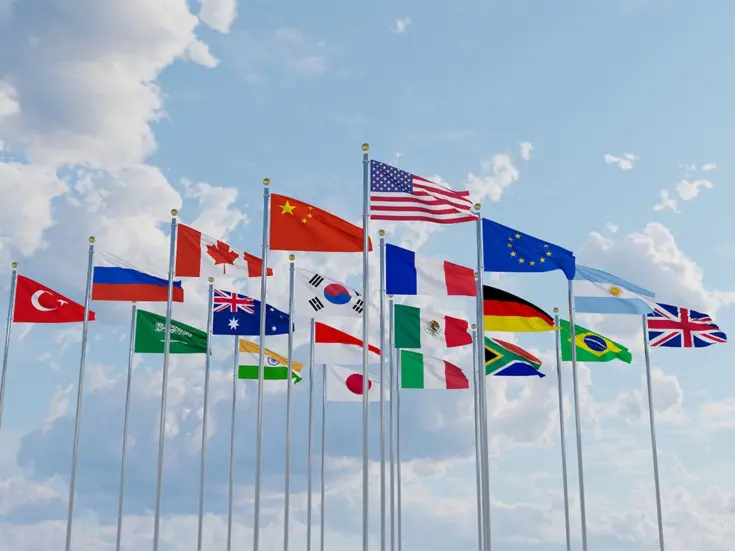
As most physical venues remain shut around the world, Spear’s hears from Rob Anders, co-founder of Niio, a digital art platform which hosts 3,500 artist, about how the role of technology in keeping the art world afloat and ‘art in the digital age’.
Spear’s: What you mean when you talk about ‘art for a digital age’?
Rob Anders: Artists tell the story of the world they live in, and they do so through the medium that best resonates with their audience. Paintings and sculpture are the mediums widely synonymous with the art world, but that is evolving. We live in a digital age, defined by technology and the growth of the online world, and that is altering the way we experience art. Increasingly, it means film and software have become the paint, the screen has become the canvas and a new destination for art. At Niio we specialise in this new generation of moving image artworks.
The next generation of collectors and art enthusiasts consume and experience everything online, that is why we call it the digital age, and that is what the art world is starting to adapt to. This has already extended to other areas of culture with the emergence of streaming giants in the music and film worlds. Art is experiencing the same shift.
How did you come to found Niio? What were some of the core insights that led you to create your own platform?
The founding principle of Niio was to create a platform for moving image art that inspired and connected people everywhere. Myself and my founding partner Oren both have backgrounds in technology and we saw an opportunity to create a company that would make art more accessible to people who crave meaningful artistic experiences, while retaining the scarcity and integrity that makes it valuable to collectors and artists.
Before we launched the business we had over 200 meetings with collectors, galleries, curators and artists. What we found is that people placed value in the moving image art world and felt passionately about it, but the sector lacked a central hub or market that was accessible to all of the relevant stakeholders. Artists wanted a platform through which they could store moving image artworks, sell directly to affluent collectors, and make some works available for loan en masse to reach a global audience.
What were some of the main challenges you came across when setting up the platform? How did the gallery world react?
Access and maintaining value were the greatest challenges facing collectors and artists when we set up the platform. Art is a scarcity market, and typically you might associate a model that allows for streaming of artworks as being targeted to the mass market.
Our answers to those challenges were rooted in the technology, and giving complete control of the tools we developed to the artists. Just as when purchasing a physical masterpiece, collectors want to own digital artworks that are not consumed by the masses. We spent a lot of time early on implementing blockchain and AI technology to underwrite ownership of artworks obtained through Niio to ensure that people were confident in the integrity of the platform.
Galleries don’t see us a threat to what they do, if anything we are complimentary and act as an enabler. They work collaboratively with us to expand their reach and to evolve their business models.
How did you go about finding a way to best present art digitally?
We are different to a virtual gallery or virtual museum, where you might view physical works online. All the artwork that is hosted on Niio was created with the sole intention of being viewed through a screen. The possibilities are vast.
In order to achieve this, we had to perfect the technical ability to deliver high-quality moving image artworks of different formats that could play on any screen, and to ensure that experience was as meaningful as experiencing a physical artwork in a gallery. Artists create artworks with a vision for how they will be experienced, so we’ve worked closely with them to ensure that when these high value digital assets are distributed, and they are viewed as intended.
Context is also crucial, and the digital world presents more possibilities for education and exploration.
How has this lockdown period been for you?
The lockdown has presented challenges for every business, including Niio. But it has also created an environment which has rapidly accelerated the digitisation of the art sector, so there has never been a more relevant moment for moving image art and for our platform. For artists and galleries, what we would call the supply side of our business, being able to access collectors and consumers digitally is imperative, so we are more important to them now than ever.
This period has also given us time to reflect on how people are engaging with art, and in how we grow our audience.
We’ve responded to the Covid-19 situation by launching ‘Moving Art for Good’, a project to bring moving image art directly into people’s homes to give them that crucial dose of daily inspiration. The first step of this was the curation of a collection of moving image artworks as Zoom backgrounds which are free to download. The response has been phenomenal.
Do you think lockdown has accelerated digital trends in the market?
The world is moving online faster than we ever expected, and for art that revolution has been even more emphatic. Art is important to people as a form of cultural enrichment, and we feel that we have a responsibility during the crisis to harness art’s power to heal and nourish souls and communities. We’re experiencing a cultural shift in the art experience, and the trend to consuming art online will only grow from here.
On the business side, artists and galleries have been forced to explore the viability of generating digital revenue streams as their regular sources of income dry up. We’re heading towards a discussion on how and when you should pay for art online that is similar to what has happened with newspapers, but it will lead to more sophistication in art business models and that is something that will be a big positive for artists and galleries in the longer term.
There will be big changes in art investment too. Moving image artwork is the most undervalued medium in the art market. As more of the sector moves online we’re expecting a big upwards curve in the valuation and sales of digital works.
Main image: Joe Hamilton, Cezanne Unfixed (2018)
Read more:
Christie’s to stream landmark ‘global’ sale from four cities
Art in lockdown: The galleries and auction houses selling work online
‘Our online presence now is our presence full stop’ – galleries adapt to Covid-19









